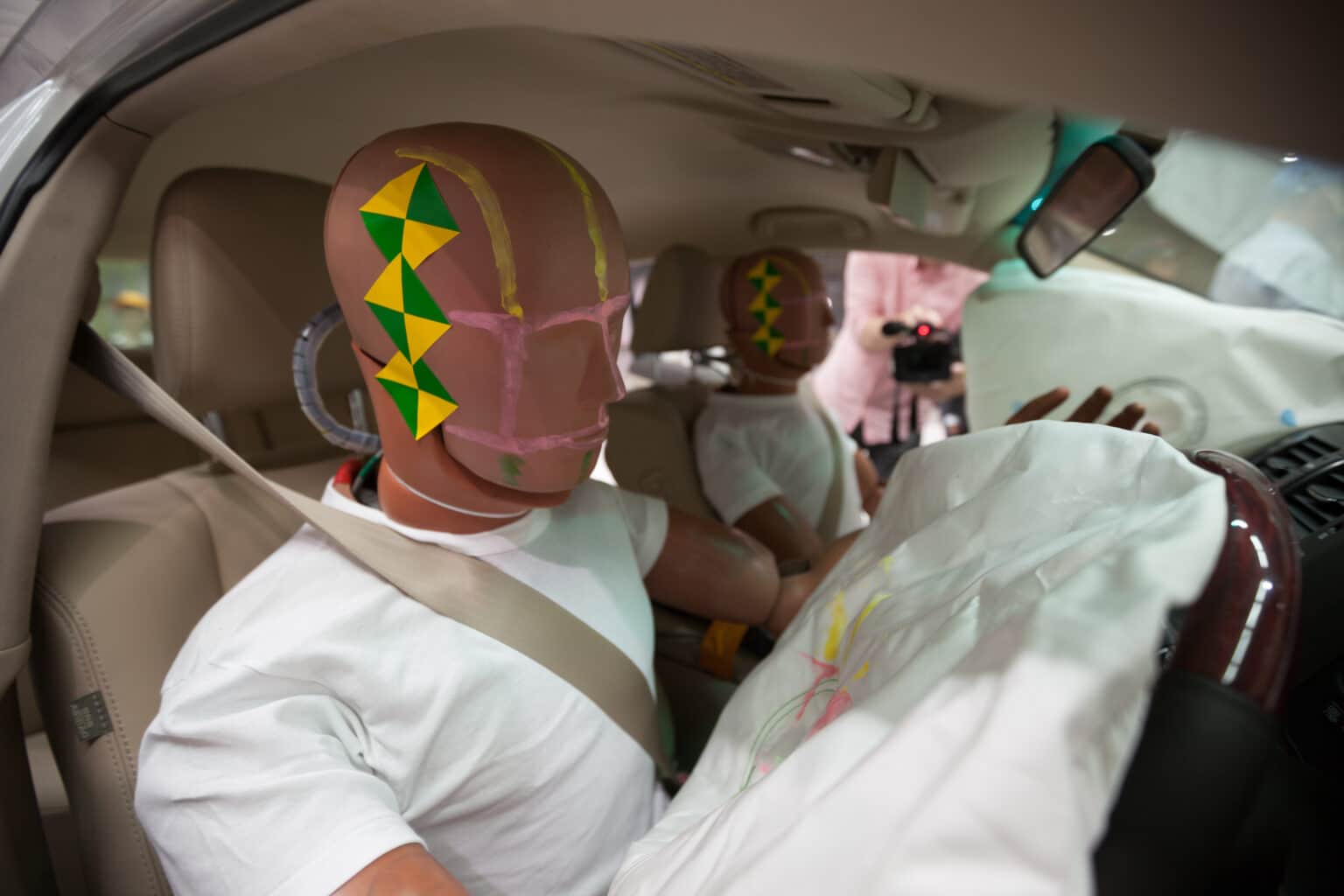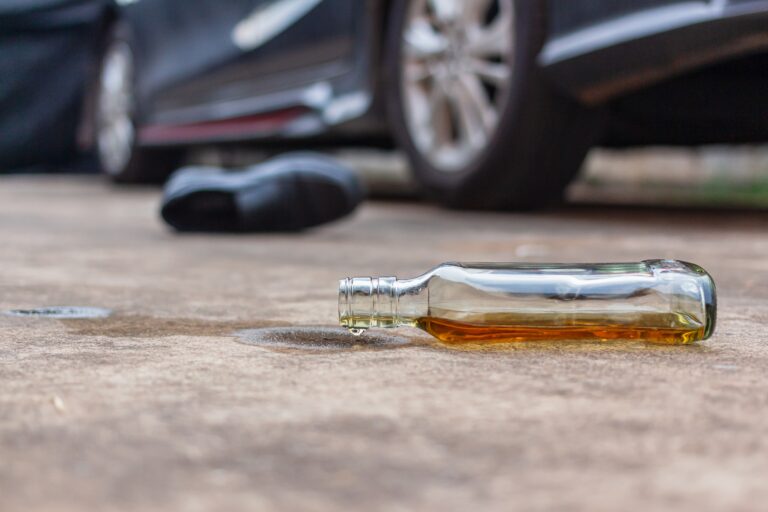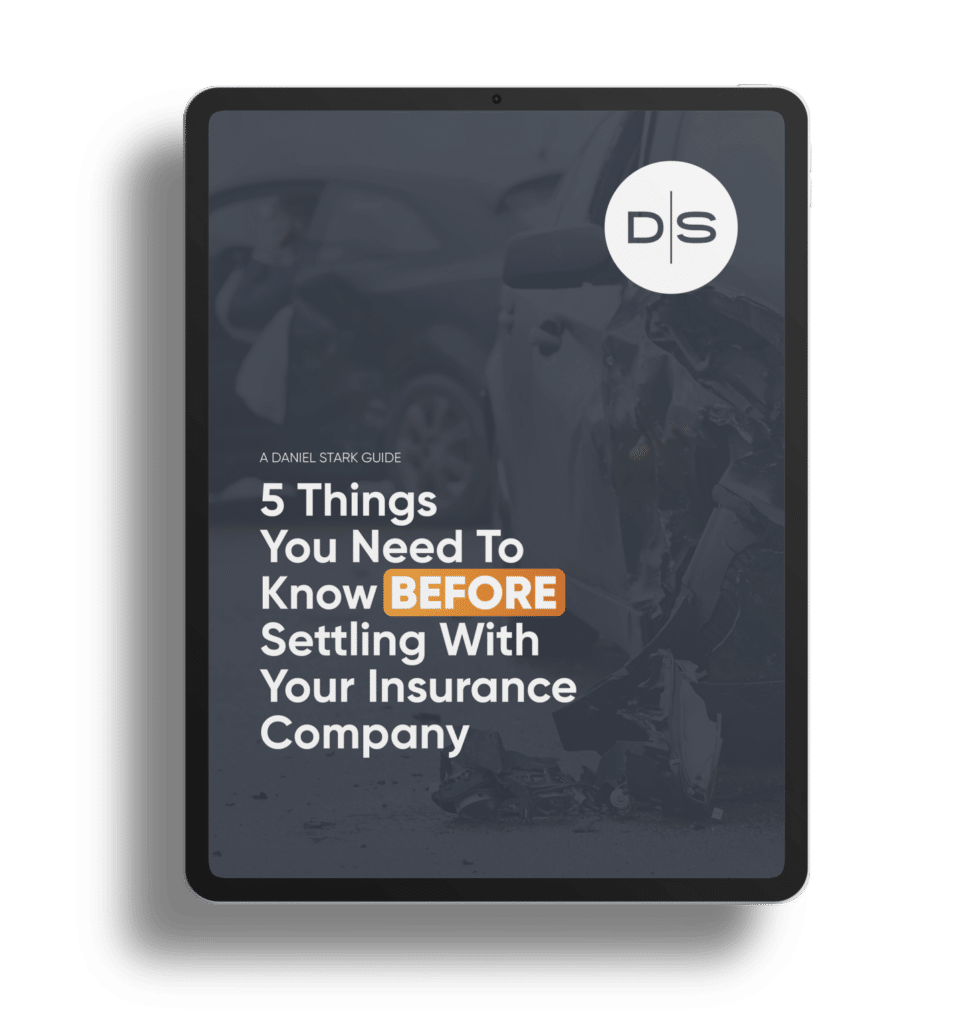A car crash can happen anywhere and can result in life-changing injuries depending on the direction of impact, vehicle speed, and a variety of other factors. While car safety continues to improve, crashes still remain one of the leading causes of death and injury in the United States.
That’s why you need to choose a vehicle that has undergone crash tests and meets strict safety standards to provide protection in case of a wreck.
Here’s what you need to know about crash testing programs to ensure your wellbeing on the road.
What is a crash test?
Crash testing plays a vital role in the vehicle development process. Crashworthiness is a critical factor in evaluating the vulnerability of motor vehicles during collisions and the level of passenger protection provided.
Extensive research programs are conducted to examine the potential impact of collisions on the human body. Car crash tests help ensure reliable performance, identify areas for improvement in safety technology and design, and ultimately reduce the risk of injuries.
How can car crash tests impact your personal injury case?
It’s important to note that defects may not always stem from the vehicle design itself, but rather from a failure to adhere to safety tests during the manufacturing process. If a car fails to meet safety standards and you sustain injuries and damages in a car crash, the manufacturer could be held responsible in product liability lawsuits.
That’s where a skilled Texas attorney can help. A personal injury lawyer can help you determine if a manufacturer’s negligence or inadequate crash testing is to blame for your losses after a car wreck.
What are the different types of crash tests?
Car crashes can happen in countless ways. To address this, crash tests are constantly evolving procedures to consider as many collision scenarios as possible. Here are the main types of car crash tests conducted:
- Front Impact Tests: The car runs straight into a solid concrete barrier, simulating a common front-end collision. These tests evaluate the safety of vehicles in head-on and offset collisions, focusing on airbag and seat belt effectiveness.
- Side Impact Tests: These tests involve impacting a stationary vehicle at right angles, emphasizing reinforcement of door frames and the use of side airbags.
- Roof Impact Tests: These tests measure the roof’s ability to withstand forces before giving way. They are crucial for evaluating rollover safety.
How is the crash testing process performed?
Legally mandated crash tests are often conducted by third-party organizations, starting with test vehicle preparation. Cameras are strategically placed inside and outside the vehicle, capturing the crash from multiple angles. Crash test dummies, equipped with sensors, are also used to measure pressure, motion, and acceleration during the collision.
The test vehicle is mounted on a moving sled, simulating different crash scenarios like rear impact, head-on collision, rollovers, and side-impact collisions. After each collision, an array of data is collected. This includes airbag deployment, head impact and injury testing, seat belt strength and pull testing, evaluation of potential projectile risks, and analysis of outcomes for belted and unbelted passengers.
The comprehensive crash testing process helps engineers and manufacturers understand the performance of vehicles under different crash conditions.
How do crash test results ensure your safety on the road?
Here are some general categories for crash test results:
- Adult Safety: This safety rating heavily focuses on frontal and side impacts, considering the whiplash effect caused by the sudden jerk during a collision. It primarily focuses on adults occupying the front seats.
- Child Safety: This category assesses the effectiveness of child seats in a vehicle, with a focus on side impacts. The safety of child occupants is determined by the efficiency of the restraint system.
- Pedestrian Safety: This aspect of crash test results is concerned with the safety of non-occupants. It assesses the effects of the vehicle’s front end on pedestrians or cyclists who come into contact with the car.
- Safety Assistance: This rating measures the effectiveness of a car’s active and passive safety features, including lane assistance systems, seat belts, and airbags.
The National Highway Traffic Safety Administration (NHSTA) and the Insurance Institute for Highway Safety (IIHS) utilize different rating systems for the cars they subject to crash tests. It is important to understand these rating systems if you are in the market for a car:
- NHSTA Rating System: The NHSTA uses a 5-star rating system. A car can receive a minimum of one star, indicating a high risk of severe injuries or death in the event of a crash. NHSTA also uses a question-mark symbol to indicate any notable safety concerns discovered during their tests.
- IIHS Rating System: The IIHS rates the cars it crash tests using four ratings: good, acceptable, marginal, or poor. Drivers involved in crashes with cars rated ‘good’ are about 12% less likely to sustain fatal injuries compared to drivers in cars with a ‘poor’ rating.
What is the future of car safety improvements?
Technology is revolutionizing the automotive industry, empowering carmakers to create safer and smarter vehicles. By conducting rigorous crash tests and analyzing the data, car manufacturers have made significant advancements in vehicle safety.
The impact of this trend is evident in consumer behavior, as people actively seek out and purchase cars with enhanced safety features. Today, safety is not just a mere consideration but a key selling point. The focus on safety reflects the dedication of carmakers to protect their customers and make a positive impact on their lives.
What should you do if you’re involved in a car wreck on Texas roads?
If you have been involved in a car wreck, we strongly recommend you consult with a qualified Austin car accident attorney. It’s important to evaluate whether a car manufacturer could be held liable in such unfortunate circumstances.




